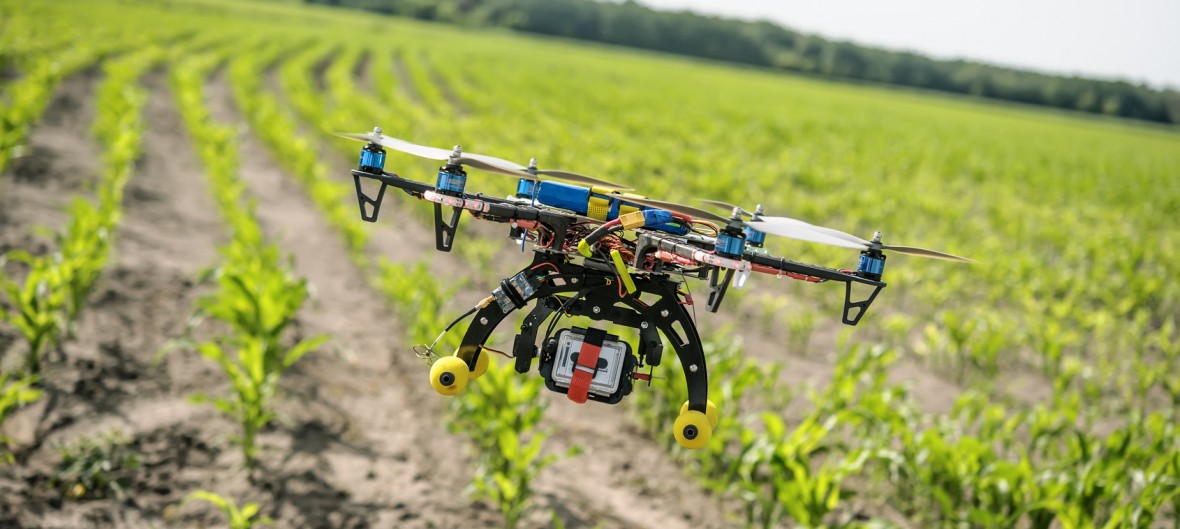Hi there!
Having a nice day? Did you have some nice meals? You probably have, as we students love to eat! However, did you know that we need to produce 70% more food by 2050 than we had to produce in 2006. Seems impossible!
Luckily, we’re living in a time of technological advancements. Internet of Things is about sensors in all things that surrounds us. These sensors transmit data back to a common IOT platform and this platform uses common language and advanced analytics to provide you, or your products with valuable information (IBM Think Academy, 2015). What does this have to do with food? Well, you’re about to find out.
IOT is disrupting the agriculture industry, this sounds like a bad thing, but it’s actually very good for us, as hungry students. IOT is making the industry a lot more efficient and has created a whole new industry segment: precision farming!
Precision farming is about managing variations in the field accurately to grow more food using fewer resources and reducing production costs whilst respecting the environment. And this is done by applying Internet of Things.
We used the theory of newly-vulnerable markets to assess the market disruption and found that all three conditions apply: the industry is newly easy to enter because of lower technology costs, it’s attractive to attack as there is a lot of money to make as we need more food in the future, and it’s hard to defend as incumbents are very old-fashion and don’t look further than current strategies.
One interesting example of the use of Internet of Things in agriculture is drones. A drone is an unmanned aircraft or machine, that is also known as an unmanned aerial vehicle (UAV) or automated robot (IoT Agenda, 2017). The cost of production for drones continues to fall drastically, which means that the adoption of drone usage by people and companies is rapidly increasing.
There are many ways drones can increase efficiency in agriculture. They can perform a soil and field analysis. when the field is analyzed, the drones can also do the planting instead of the farmer, which is way faster (MIT Technology Review, 2016). Furthermore, drones can monitor the crop and do a health assessment to increase the efficiency.
By drones taking over these task, the farmer is enabled to make optimal use of resources, increase the profitability and sustainability of production, and reduce environmental impact.
But what will the future of agriculture look like? As you’ve seen, after the implementations of the drone, the farmer is now still actively involved in the whole farming process. We predict that, in the future, drones will operate autonomously. Currently, drones can take-off and land, determine flying patterns and determine flying height autonomously. In the future we predict that drones will become an “unsupervised learning system”. The profession of farming, as we know it now, could possibly disappear. A farmer will need to become more like a system manager than an agriculture know-it-all.
Group 14

